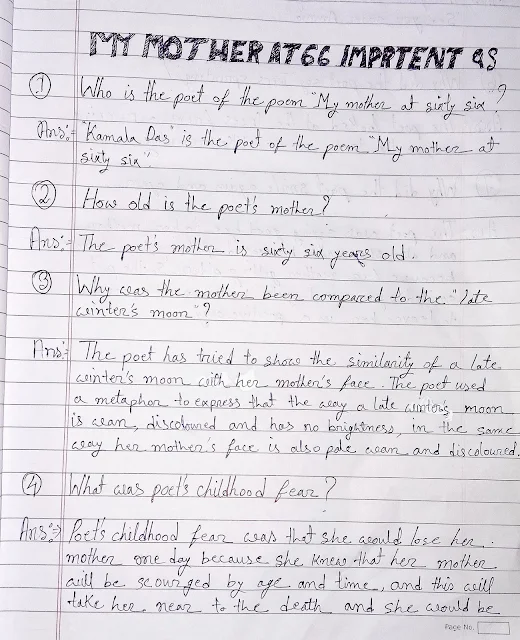Prize Distribution Ceremony at Our School – Essay
Introduction
A prize distribution ceremony is one of the most awaited and prestigious events in a school. It is a moment of pride for students who have excelled in various fields, be it academics, sports, or extracurricular activities. The event not only acknowledges the hard work and achievements of students but also inspires others to strive for success. The prize distribution ceremony at our school was held with great enthusiasm and excitement.
1. Preparations for the Ceremony
The preparations for the prize distribution ceremony began well in advance. The school auditorium was decorated with colorful banners, balloons, and flowers. The stage was beautifully set, with the name of the event written in bold letters on a backdrop. The students and teachers worked tirelessly to make the event a grand success.
The school invited a prominent guest as the Chief Guest to grace the occasion. Invitations were sent to parents, guardians, and other dignitaries. The excitement among students was palpable as they eagerly waited for the day to arrive.
2. The Day of the Ceremony
On the day of the ceremony, the school was buzzing with activity. All students were dressed neatly in their uniforms. The event started with the arrival of the Chief Guest, who was warmly welcomed by the principal, staff, and students.
The ceremony began with the lighting of the lamp and a prayer song performed by the school choir. The principal then delivered a welcome speech, highlighting the achievements of the school in the past year.
3. Distribution of Prizes
The most awaited moment of the ceremony was the distribution of prizes. The names of the prize winners were announced one by one, and they walked up to the stage to receive their awards from the Chief Guest.
The prizes were distributed in various categories, such as:
- Academic Excellence
- Best Sportsperson
- Best Performer in Cultural Activities
- Special Awards for Leadership and Discipline
Each student received a certificate, a medal, or a trophy, along with words of encouragement from the Chief Guest. The joy and pride on the faces of the prize winners were evident.
4. The Chief Guest’s Speech
After the distribution of prizes, the Chief Guest delivered an inspiring speech. He congratulated the students for their hard work and dedication and encouraged them to keep striving for excellence in all fields of life. He also emphasized the importance of discipline, perseverance, and good moral values in achieving success.
5. Cultural Performances
The ceremony also included cultural performances by the students. There were dances, songs, and a short play that added charm to the event. The performances were highly appreciated by the audience, and the students showcased their talent with great confidence.
6. Conclusion
The prize distribution ceremony concluded with a vote of thanks by the vice-principal. He expressed gratitude to the Chief Guest, parents, teachers, and students for their support and participation.
The event ended with the National Anthem, and everyone left the auditorium with a sense of pride and accomplishment. The prize distribution ceremony was a memorable day for all of us, leaving behind a lasting impression of hard work, success, and celebration.
Science In Everyday Life Essay Writing | Important Essay Writing 2022









